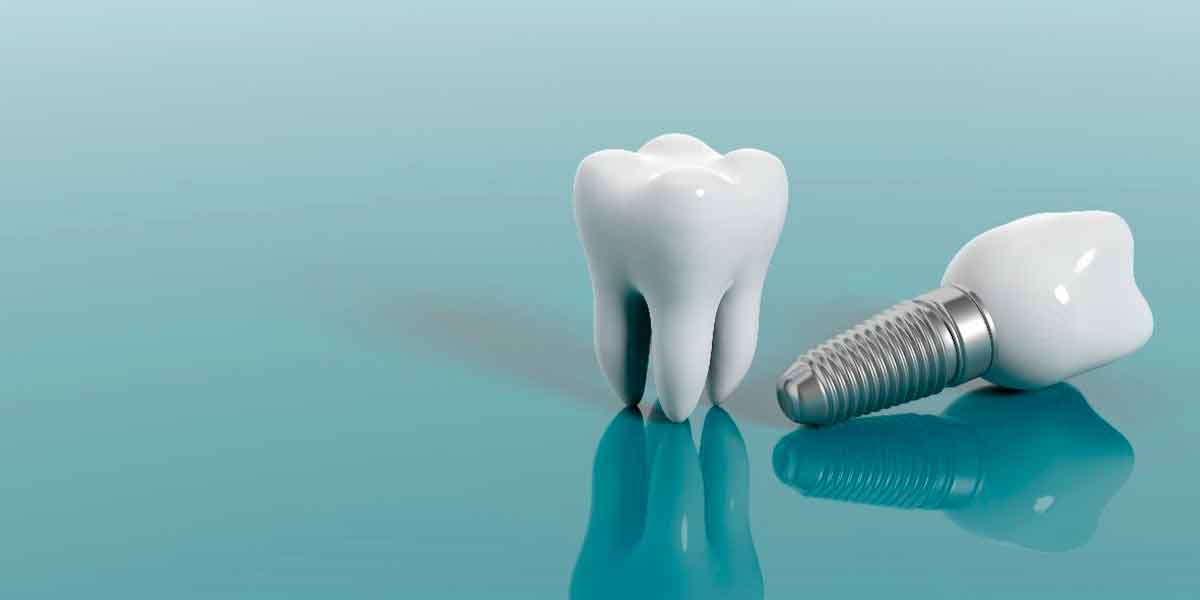Losing teeth can have a significant impact on your daily life, affecting your eating, speaking, and confidence in smiling. Thankfully, dental implants offer a dependable and lasting solution for replacing missing teeth, restoring both functionality and aesthetics. In this piece, we will delve into the advantages of dental implants, the process involved, and why they are favored as the top choice for tooth replacement.
Understanding Dental Implants
Dental implants are artificial tooth roots crafted from biocompatible materials, typically titanium. These implants are surgically inserted into the jawbone, where they merge with the bone through a process known as osseointegration. Once fused, they provide a sturdy base for a replacement tooth, bridge, or denture. Dental implants closely resemble natural teeth in both function and appearance, making them a highly effective solution for tooth loss.
Components of Dental Implants
A standard dental implant comprises three key elements:
- Implant Fixture: The titanium post surgically inserted into the jawbone, acting as the artificial root.
- Abutment: A connector positioned atop the implant fixture, supporting and securing the replacement tooth or teeth.
- Prosthesis: The visible part of the implant, which may be a crown, bridge, or denture, designed to emulate natural teeth in appearance and function.
Advantages of Dental Implants
Dental implants offer numerous benefits over traditional options for tooth replacement, making them a preferred choice for many individuals.
Long-Term Reliability
Among the key advantages of dental implants is their durability. With appropriate care and upkeep, dental implants can endure a lifetime. This enduring solution proves more cost-effective in the long run compared to alternatives that may necessitate frequent replacements or repairs.
Enhanced Oral Health
Dental implants contribute to maintaining and enhancing oral health in various ways:
- Preservation of Jawbone Structure: Implants stimulate the jawbone, preventing bone loss and preserving facial structure.
- Prevention of Tooth Shifting: By filling the gap from a missing tooth, implants prevent neighboring teeth from shifting out of alignment.
- Preservation of Natural Teeth: In contrast to traditional bridges, implants do not require altering adjacent teeth, thus conserving their natural structure.
Natural Look and Function
Dental implants are




